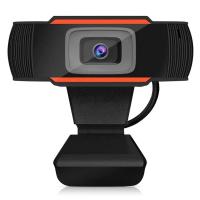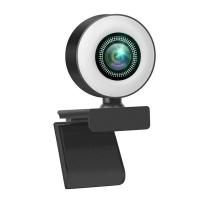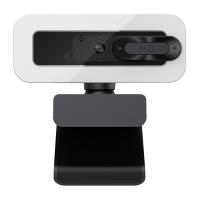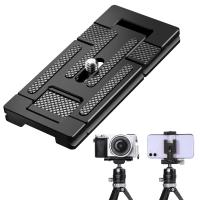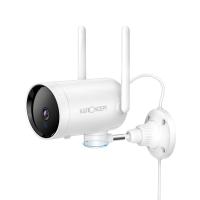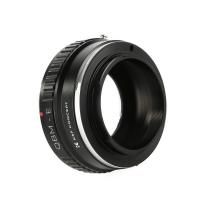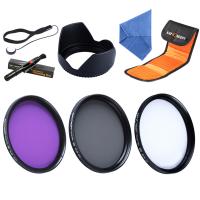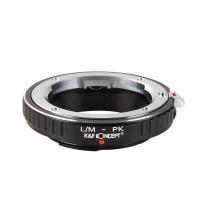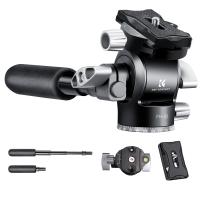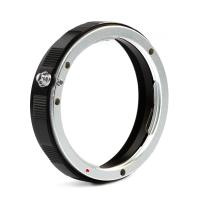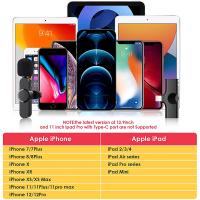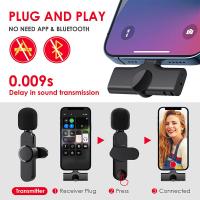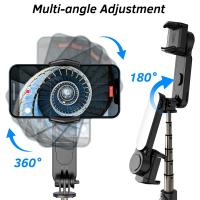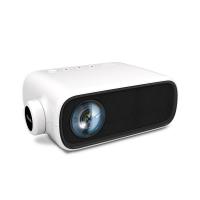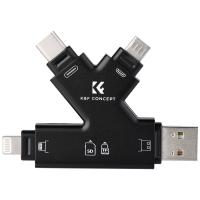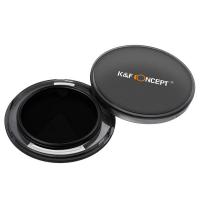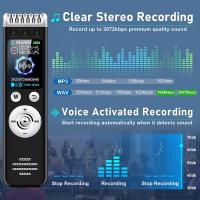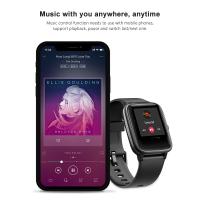How To Use Your Mobile Camera As PC Webcam Discord?
2023-07-04 09:32:35
0 Comments
In the current digital age, video calls have become an integral part of our daily lives and work. Whether you're working remotely, studying online, or video connecting with friends and family, a high-quality webcam is essential. However, not every computer comes with a high-quality webcam. Fortunately, we can take advantage of our phone's high-quality camera and use it as a webcam for our computer. This article will detail how to implement this feature, the required hardware and software, common problems and their solutions, and other related suggestions.
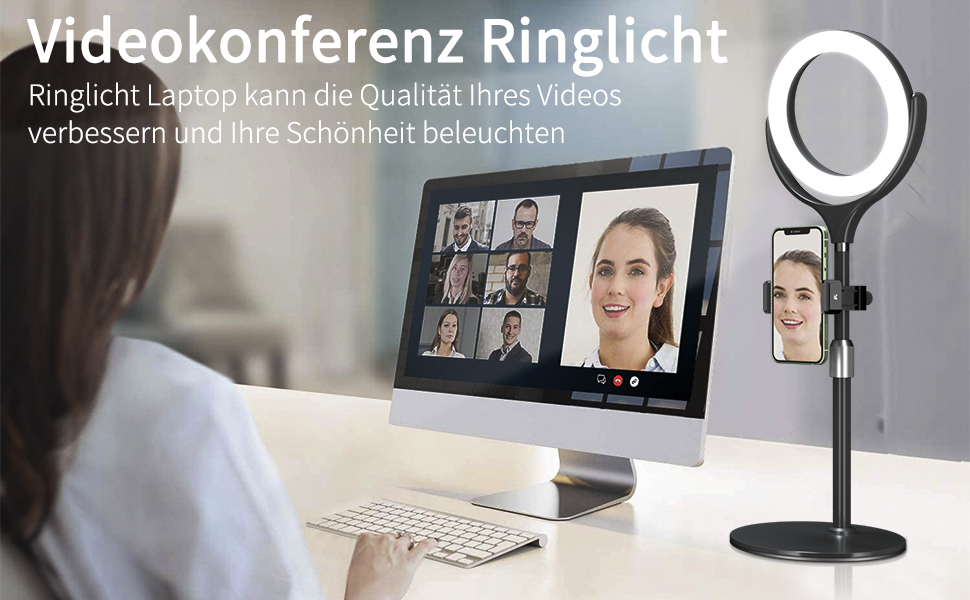
How to set up a mobile camera to use as a computer webcam
Here are the steps to use your phone's camera as a computer webcam:
Download the app: Download and install the appropriate app on your phone and computer. For example, many users choose DroidCam (available for Android and iOS) or EpocCam (available for iOS).
Connect your device: Connect your phone and computer via Wi-Fi, USB cable, or Bluetooth, depending on the application's requirements.
Configure the application: Select the mobile phone camera as the video input source in the computer application.
Test the connection: Open the video calling software (such as Zoom, Skype, etc.), select the mobile phone camera as the video source in the settings, and conduct a test.
What hardware and software are needed
To use your phone camera as a computer webcam, you need the following hardware and software:
hardware:
A smartphone (iOS or Android)
Computer (Windows or Mac)
USB data cable (if you choose to connect via USB)
Stable Wi-Fi network (if you choose to connect via Wi-Fi)
software:
Mobile applications (such as DroidCam, EpocCam)
Corresponding application client for PC
The specific application selection depends on your operating system and personal needs. Here are some recommended apps and their features:
DroidCam: Available for Android and iOS devices, connects via Wi-Fi or USB. The free version offers basic features, while the paid version offers HD quality and an ad-free experience.
EpocCam: Available for iOS devices, connects via Wi-Fi, USB or Bluetooth. The free version offers basic features, while the paid version offers more advanced features like green screen and gesture control.
During the setup process, you may encounter the following common issues:
Connection failed: Make sure the phone and computer are connected to the same Wi-Fi network, or check whether the USB data cable is damaged. If you still can't connect, you can try restarting your phone and computer, or reinstalling the app.
Screen freeze or delay: Try to choose USB connection method to improve connection stability and reduce delay. If you must use a Wi-Fi connection, make sure the network signal is strong and stable.
Device not recognized: Check that the app and operating system are up to date, sometimes updates can resolve compatibility issues. If the problem persists, you can try another app.
How to set up different operating systems
The steps for setting up your phone's camera to be used as a computer webcam may be slightly different under different operating systems:
Windows: You usually need to confirm that the mobile device is connected correctly in the device manager and select the correct video input source in the settings of the video calling software. Taking DroidCam as an example, after installing and opening the DroidCam application, connect your phone and computer via Wi-Fi or USB. In the settings of video calling software (such as Zoom, Skype, etc.), select "DroidCam Source" as the video input source.
Mac: Make sure you give the app the necessary permissions in System Preferences, then select your phone camera as the video source in your video calling software. Taking EpocCam as an example, install and open the EpocCam application and connect your phone and computer via Wi-Fi or USB. In the settings of the video calling software, select "EpocCam" as the video input source.
Suggestions for improving connection stability and image quality
To ensure connection stability and improve image quality, you can try the following suggestions:
Use USB connection: Compared with Wi-Fi connection, USB connection is more stable and has lower latency. If your network environment is unstable or your bandwidth is limited, give priority to USB connection.
Optimize light conditions: Making video calls under good light conditions can significantly improve the picture quality. Use natural light or soft indoor lighting to reduce noise and improve image clarity.
Adjust the position of the mobile phone: Use a mobile phone holder or tripod to fix the mobile phone in a suitable position to avoid shaking caused by holding it. Adjust the camera angle to eye level for a more natural perspective.
Lower the resolution: If the connection is unstable, you can try lowering the video resolution to reduce bandwidth usage and improve smoothness.
Security and privacy protection
When using your mobile phone camera as a computer webcam, pay attention to the following security and privacy protection measures:
Use trusted apps: Choose apps that are well-known and proven to be safe, and avoid downloading software from unknown sources. Both DroidCam and EpocCam are widely used and tested applications with guaranteed security.
Check permission settings: When installing an application, carefully check and set the necessary permissions to avoid leaking personal privacy. Regularly check the permission settings on your phone and computer and turn off unnecessary permissions.
Update software regularly: Keep mobile and computer applications up to date to prevent security vulnerabilities. Application developers regularly release updates to fix known security issues and improve performance.
Detailed description of different applications
DroidCam:
Supports Android and iOS devices.
Connect via Wi-Fi or USB.
Provides high-definition quality and low-latency video transmission.
The free version has ads, while the paid version is ad-free and offers more advanced features.
EpocCam:
Available for iOS devices.
Supports Wi-Fi, USB and Bluetooth connections.
Provides high-quality video transmission and supports advanced features such as green screen and gesture control.
The free version has limited features, while the paid version offers comprehensive advanced features.
iVCam:
Supports Android and iOS devices.
Connect via Wi-Fi or USB.
Available in HD and 4K quality options.
Supports a variety of video effects and filters.
IP Webcam:
Available only on Android devices.
Connect via Wi-Fi.
Offers multiple video resolution and frame rate options.
Supports video recording and remote access.
Video calling software settings
After selecting the application and completing the connection, you need to make the corresponding settings in the video calling software. Take Zoom as an example:
Open the Zoom app.
Enter the "Settings" menu.
Select the "Video" tab.
Select your phone camera app (such as DroidCam Source or EpocCam) in the camera options.
Test the video screen to make sure the connection is normal.
Similar steps also apply to other video calling software, such as Skype, Microsoft Teams, Google Meet, etc.
With the steps and suggestions above, you can easily use your phone's camera as your computer's webcam and enjoy a high-quality video calling experience. Whether used for remote working, online learning, or connecting with friends and family, this method provides great convenience and better picture quality. I hope the detailed guide in this article can help you successfully complete the setup, solve common problems, and improve your user experience.
Leave your comment
Note: HTML is not translated!


